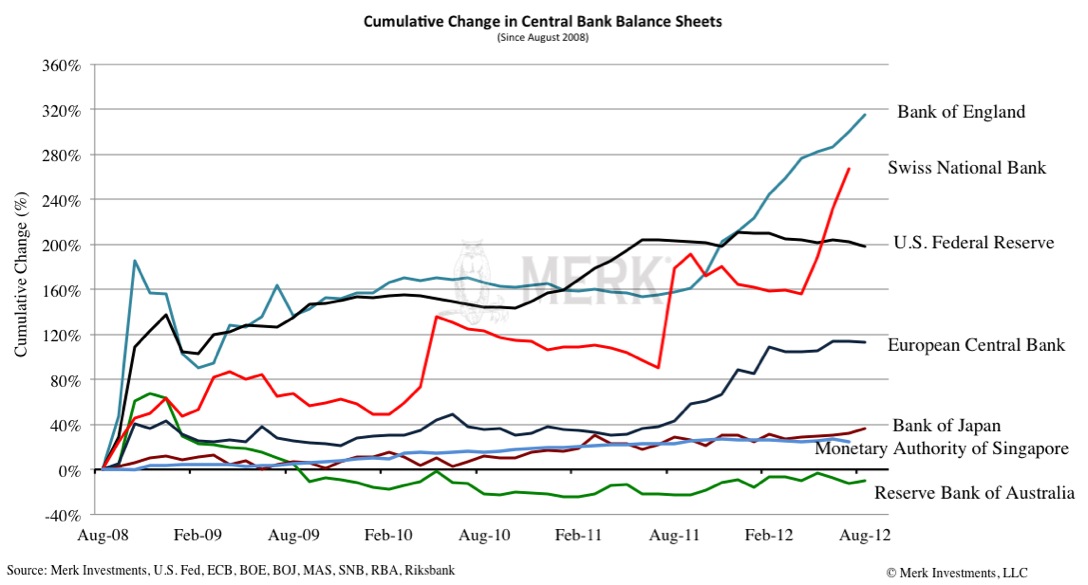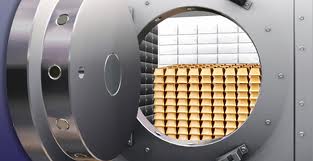 As gold demand in Asia soars, vault companies are racing to keep up with storage demand. In July, Gold and Silver Blog reported on a massive new gold vault being constructed in Hong Kong by Malca-Amit due to unrelenting physical demand for gold in Asia. The new vault was designed to hold 1,000 metric tonnes of gold and as of July, had already taken in 2,400 tonnes of gold owned by gold exchange traded funds.
As gold demand in Asia soars, vault companies are racing to keep up with storage demand. In July, Gold and Silver Blog reported on a massive new gold vault being constructed in Hong Kong by Malca-Amit due to unrelenting physical demand for gold in Asia. The new vault was designed to hold 1,000 metric tonnes of gold and as of July, had already taken in 2,400 tonnes of gold owned by gold exchange traded funds.
It turns out that Malca-Admit should have built a much larger vault. As demand for physical gold continues to increase, other companies have joined the race to provide secure depositories for wealthy investors. The Wall Street Journal reports that demand for high-security vault capacity in Asia is soaring in Singapore, Hong Kong and Shanghai.
Brink’s Co., for example, has increased its storage space for precious metals in Singapore more than threefold over the past year, to 200 square meters, and is building a bonded warehouse in Shanghai to store high-value consumer goods and precious metals.
“We are growing, and driving that growth is the storage of precious metals and also bank notes,” said Jos van Wegen, the company’s senior manager of global services in Singapore.
Comprehensive data on the volume of high-security storage capacity in the region isn’t available. But demand for gold is clearly rising.
China’s gold demand in the third quarter of this year was 176.8 tons—16% of global demand and up 47.1% from the same period three years ago, according to the World Gold Council. Hong Kong’s demand totaled 6.9 tons in the third quarter this year, up 56.8% from the third quarter of 2009.
Singapore imported 36.7 tons of gold in the first 10 months of this year, well down from 62 tons in the full year 2011. The government’s announcement in February that, in a bid to become a gold-trading hub, it would scrap a 7% goods and services tax on gold, silver and platinum hurt imports for much of the year. Fourth-quarter gold-import figures for Singapore are expected to be stronger, World Gold Council executives say.
While physical gold requires storage space, it does offer a lot of value in a relatively small package. At around $1,690 a troy ounce, a metric ton of gold is valued at $54.3 million, but would take up only slightly more space than a standard case of 12 wine bottles—though most gold is stored in ingots.
Malca-Amit, a company that stores and transports diamonds and precious metals, has lockups in Hong Kong and Singapore, and is preparing to open one in Shanghai in the first quarter next year. The Shanghai vault will also hold art and luxury goods such as high-value mobile phones and designer handbags.
Malca-Amit’s Singapore vault, capable of holding 600 tons of gold, is almost full, and the company is seeking more space. The amount of gold stored there has increased 200% from a year ago, it says.
Its recently opened Hong Kong vault can hold 1,000 tons of gold, which would be worth more than $54 billion. It is almost large enough to hold the official reserves of China, which total 1,054 tons, according to World Gold Council data.
Malca-Amit has gold-storage sites in New York and Zurich, but the focus of its expansion is firmly on Asia, executive director Joshua Rotbart said. Some Asian investors who are storing their gold in the U.S. and Europe are keen to move it closer to home as more storage space becomes available, he said.
The recent price weakness in gold is apparently viewed as a buying opportunity by sophisticated Asian investors seeking to protect their wealth from the torrential flood of printed money being produced on a global basis by central banks (see Central Banks Pledge Unlimited Money Printing).
On a recent visit to the Chinatown section of Bangkok, I witnessed first hand large crowds of customers in Chinatown’s numerous retail gold stores. Gold has never defaulted on its promise as a means of wealth preservation, something clearly understood by the citizens of a country whose history goes back thousands of years.
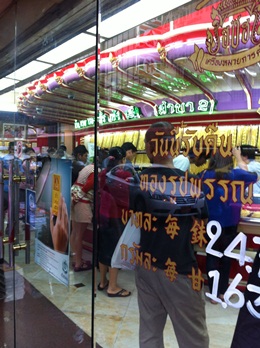


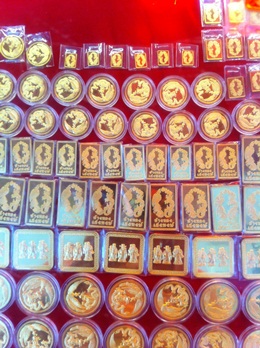
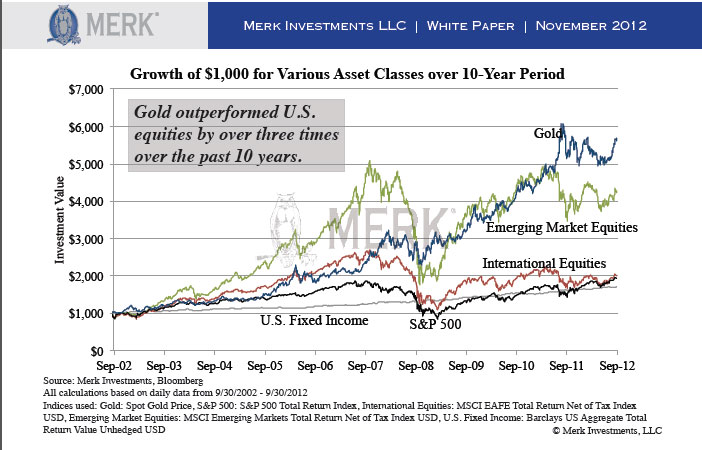
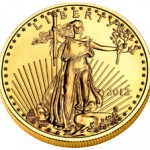 By
By 
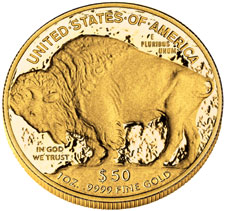 Gold has had a volatile year. From January’s opening price of $1,598, gold quickly moved up by $183 per ounce by the end of February. An ensuing correction that lasted into July brought the price of gold down by $225 per ounce to $1,556 in mid July, the low of the year. In August gold started to rally, closing yesterday at $1716.25 per ounce, up $118.25 or 7.4% on the year.
Gold has had a volatile year. From January’s opening price of $1,598, gold quickly moved up by $183 per ounce by the end of February. An ensuing correction that lasted into July brought the price of gold down by $225 per ounce to $1,556 in mid July, the low of the year. In August gold started to rally, closing yesterday at $1716.25 per ounce, up $118.25 or 7.4% on the year.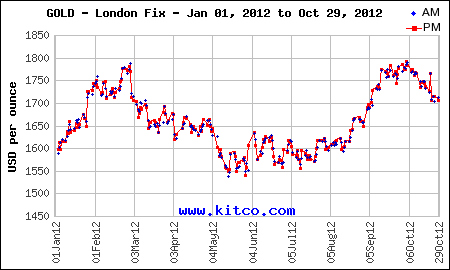


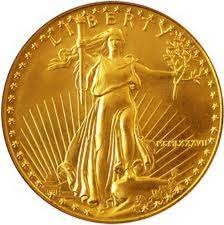 Global gold production could drop sharply as South African miners plan to dismiss thousands of workers for illegally striking. South African precious metal miners have been beset by labor unrest for months as workers protest low wages and dangerous working conditions. The latest disruption came Wednesday as South Africa’s largest gold miner announced plans to
Global gold production could drop sharply as South African miners plan to dismiss thousands of workers for illegally striking. South African precious metal miners have been beset by labor unrest for months as workers protest low wages and dangerous working conditions. The latest disruption came Wednesday as South Africa’s largest gold miner announced plans to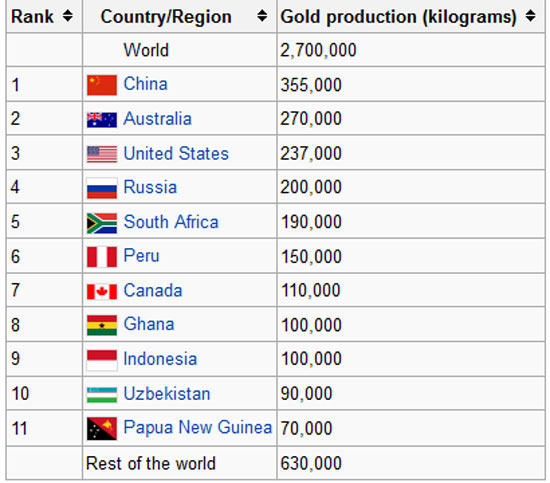
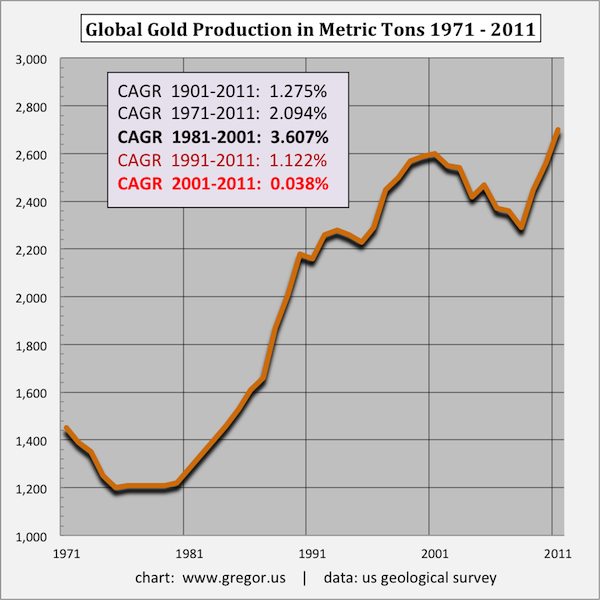
 By Axel Merk & Yuan Fang
By Axel Merk & Yuan Fang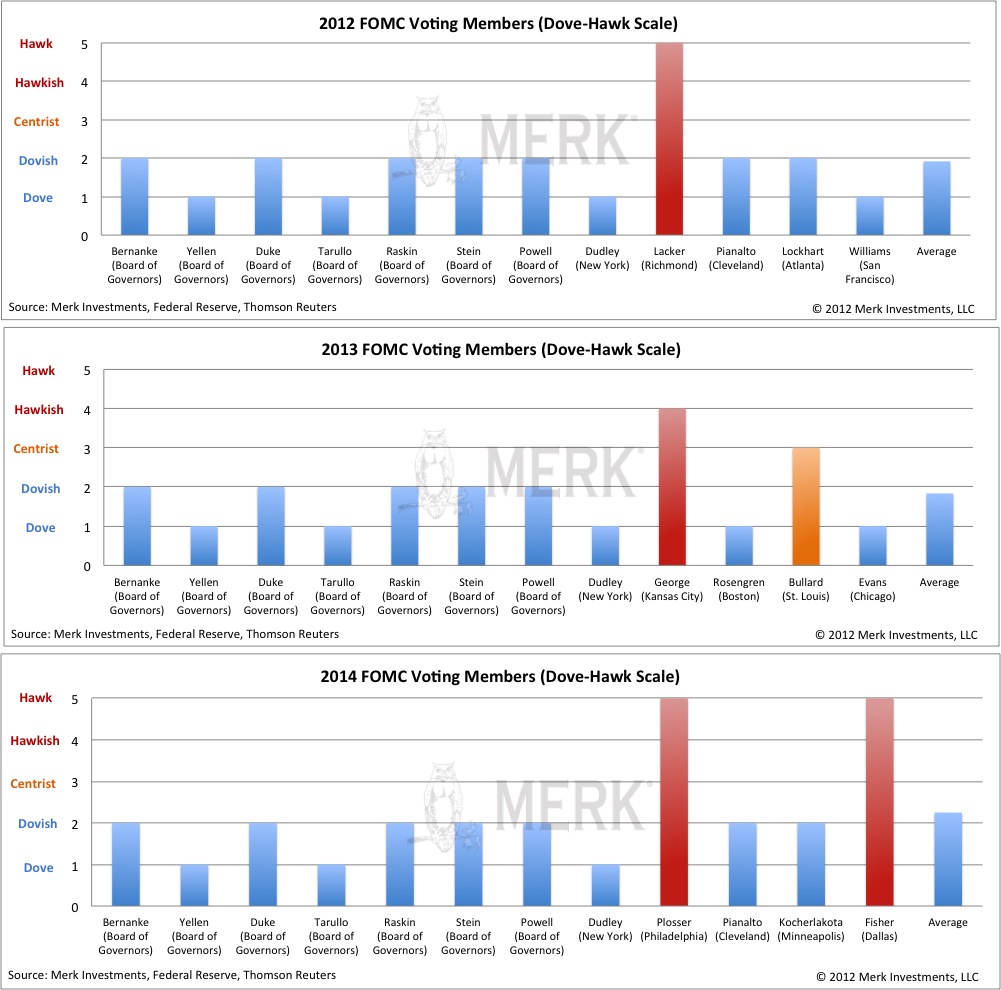
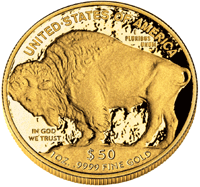




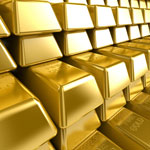 The third quarter 2012 Investment Statistics Commentary released today by the World Gold Council summarizes the performance of gold in various currencies and explores reasons why demand for gold should continue to increase.
The third quarter 2012 Investment Statistics Commentary released today by the World Gold Council summarizes the performance of gold in various currencies and explores reasons why demand for gold should continue to increase.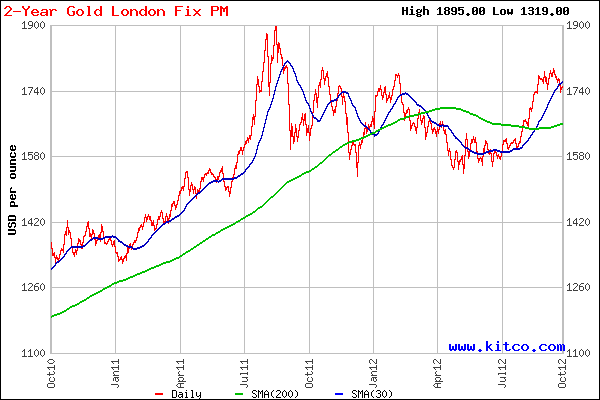
 By
By 